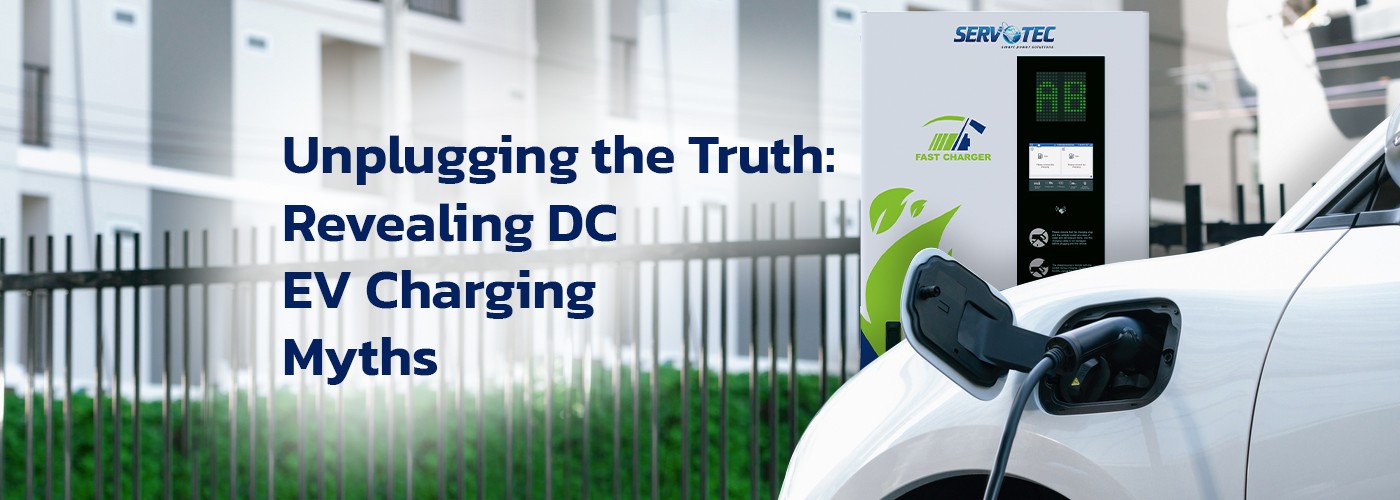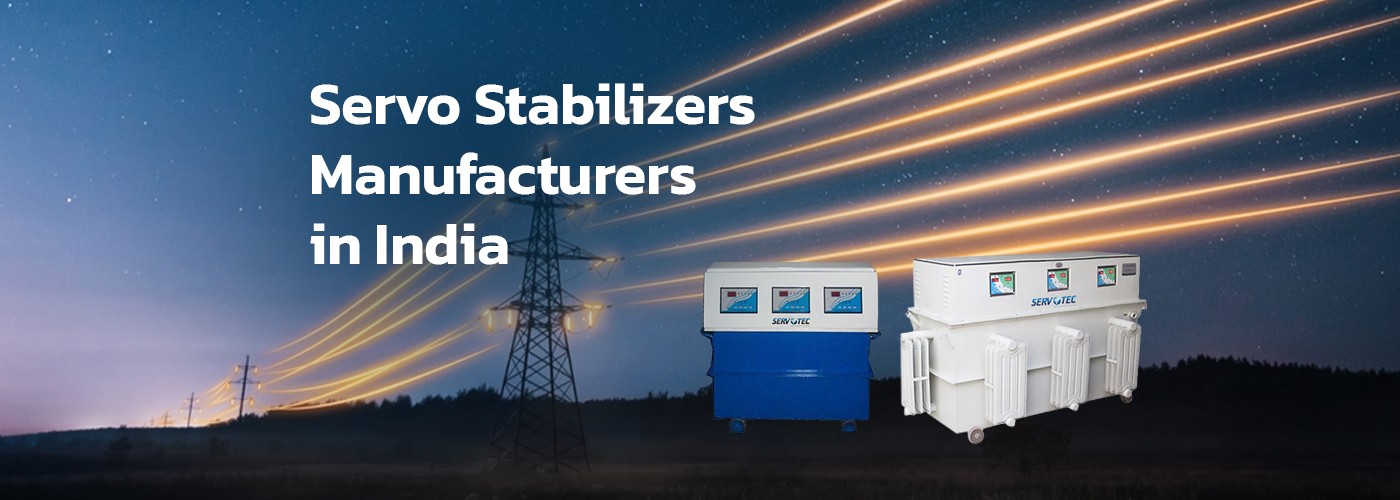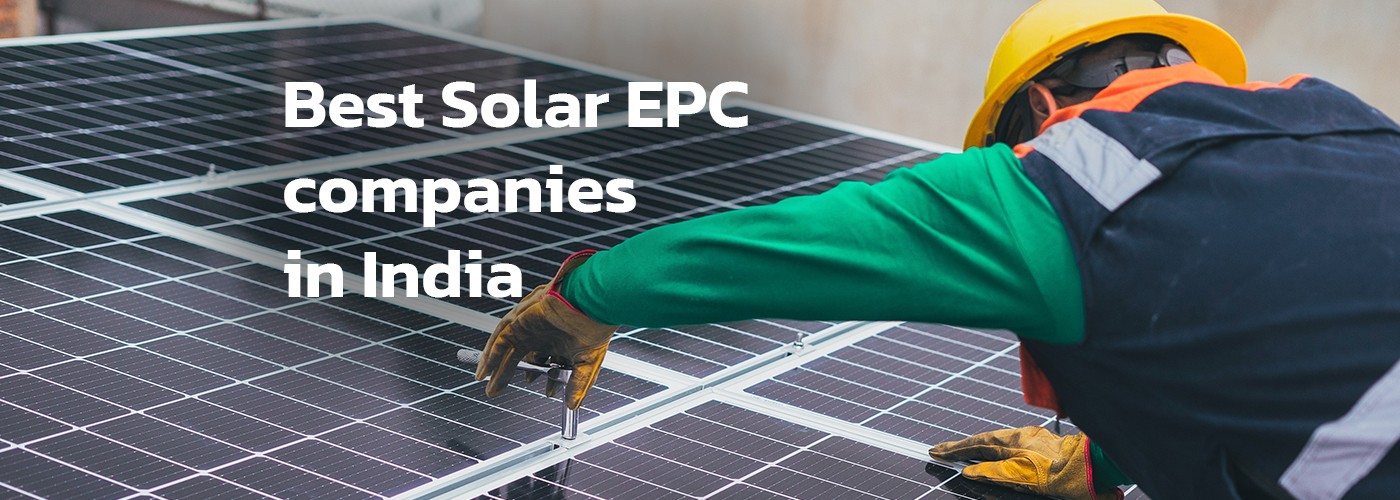Unplugging the Truth: Revealing DC EV Charging Myths

Electric vehicles ( EVs ) are designed with electric motors instead of conventional engines, making them more energy-efficient and environmentally friendly. For electric vehicles to function smoothly, charging is required. An electric vehicle charging station is an equipment that connects an EV to a source of electricity to recharge the vehicle. These charging stations come in two types: Alternating Current (AC) chargers and Direct Current (DC) chargers, each serving a different purpose in the EV ecosystem.
DC EV charging is a method of charging electric vehicles that uses direct current electricity to charge the vehicle’s battery. DC charging is faster than AC charging and this technology has revolutionized the EV charging experience by significantly reducing charging times compared to AC charging methods.
The electric vehicle revolution is electrifying the automotive industry and the charging infrastructure is evolving rapidly to meet the demands of this eco-conscious transportation era. However, there are certain myths that surround DC EV charging making people feel reluctant about using DC chargers. It is extremely important to clear these myths and bring the truth to the surface.
Revealing Some Common Myths About DC EV Charging
In this blog, we will reveal some DC EV charging myths, so that, you can know the charging the right way! Unplugging the Truth.
Myth #1: DC Chargers can Charge Two Wheelers.
Reality: No, we cannot use DC chargers to charge our two-wheelers because the battery pack of two-wheelers is small and the capacity of DC chargers is high which makes DC chargers unsuitable for charging two-wheelers. Apart from this, the charging socket of the two-wheeler is different from the gun of the DC charger.
Myth #2: DC Chargers are Harmful to EV Batteries
Reality: In this case, it is important to understand that modern EVs are engineered to handle fast charging without causing significant harm to the battery. While excessive use of fast chargers can have a minor impact on the battery health over time; it is generally not a concern for daily driving. Manufacturers incorporate advanced battery management systems (BMS) to regulate the charging process and safeguard battery longevity. Apart from this if you charge your EV with an AC charger twice a week, you can prevent the impact of a DC charger on the battery health.
Myth #3: DC Charger Can Charge Any Vehicle in Less Time.
Reality: The charging rate depends on the capacity of the charger and the vehicle battery pack. All electric vehicles have battery packs corresponding to their capacity some have normal battery packs, while others have heavy battery packs. So, The charging time for EVs depends on their capacity and battery packs.
Myth #4: DC Charging Station Business is Not Profitable
Reality: No it is not true. With the increasing popularity of electric vehicles, the need for charging infrastructure is increasing rapidly. Hence, the business of starting DC charging stations is increasing at a faster pace and can prove to be extremely profitable.
Myth #5: DC Chargers are only for Long-Distance Travel
Reality: Some thought that DC fast chargers are only necessary for long road trips and not for everyday use. While DC fast charging is indeed convenient for long journeys, it can also be useful for quick top-ups or charging during the day when time is limited.
Myth #6: DC Chargers are Complicated to Use
Reality: DC chargers may appear intimidating at first, but most of them are user-friendly. Many charging stations have touchscreens with clear instructions, and mobile apps can help you locate and initiate charging sessions. Plus, as more people adopt EVs, user interfaces are becoming increasingly user-friendly.
Myth #7: DC Chargers are not Environment Friendly
Reality: Some individuals believe that DC charging is less environmentally friendly than AC charging. In reality, both AC and DC charging methods can be powered by renewable energy sources, making them equally dependent on the green energy source.
Myth #8: DC Chargers are Prone to Overheating
Reality: DC chargers are engineered to operate safely and efficiently. They incorporate various safety mechanisms, including temperature monitoring and automatic shutdown in case of overheating. While occasional technical issues can arise, they are not specific to DC chargers and are usually addressed promptly by charging network operators.
Myth #9: Vehicles of Foreign Brands Cannot get Charged from DC Charger
Reality: No the above myth is not true. Any four-wheeler of any brand of any country can be charged with the DC charger, provided that, the connector needs to be the same.
Myth #10: DC Chargers Require a Dedicated Person to be Available for its Operation.
Reality: DC chargers are easy to operate. These are app-based, so, the vehicle owners themselves can start the charging process. The users can even make payments through the app once the charging is done.
Conclusion
To conclude, gaining a clear understanding of DC chargers is of paramount importance for anyone interested in indulging in the world of electric vehicles and EV charging infrastructure. As the electric vehicle landscape continues to progress, it is essential to reveal common misconceptions and embrace accurate information. Having the right knowledge not only ensures a smooth and well-informed transition to a cleaner and more sustainable mode of transportation but also plays a pivotal role in shaping the future of mobility.
With DC fast charging technology at the forefront, we are witnessing a transformation in the way we power our vehicles. These advanced charging solutions provide the convenience of rapid charging, making electric vehicles an increasingly practical choice. By clarifying the myths surrounding DC and DC fast charging, we pave the way for a seamless transition to electric mobility.
Read also: Difference between AC and DC Charger For Electric Vehicles




